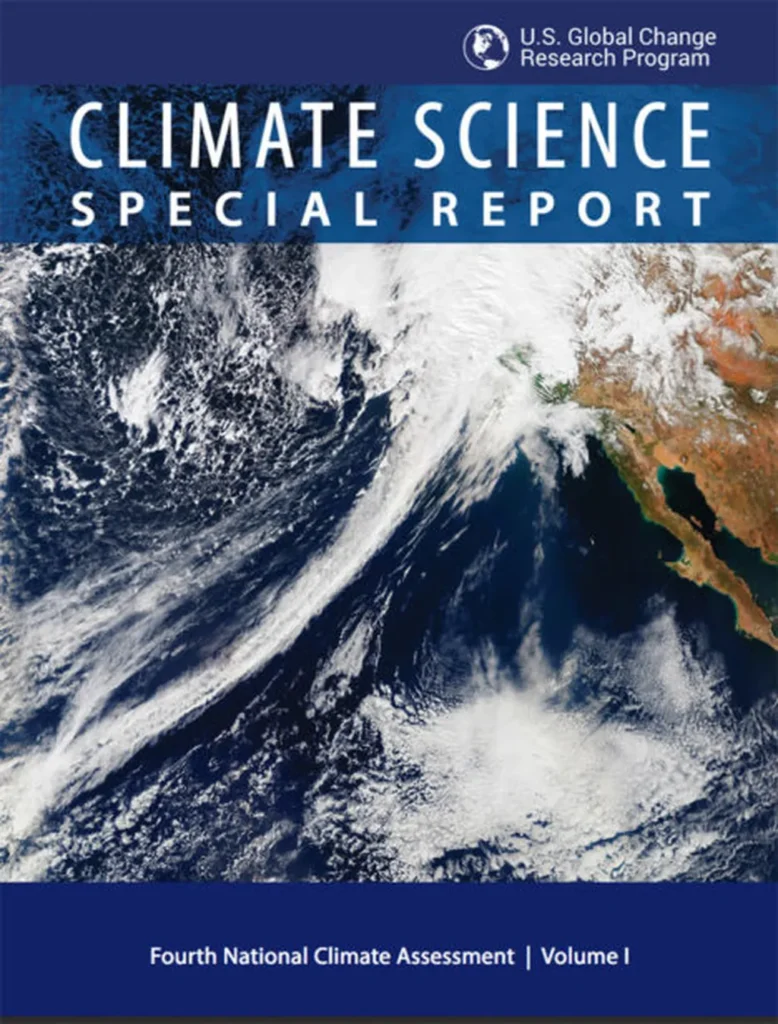In the ever-evolving landscape of the energy sector, the role of sensor technology is becoming increasingly pivotal. Amidst the uncertainty of today’s market, one scientist is making strides in the field, offering insights that could reshape how we monitor and manage energy systems. Netzahualcóyotl Arroyo-Currás, a researcher from the Department of Chemistry at the University of North Carolina Chapel Hill, is at the forefront of this innovation.
Arroyo-Currás’s work focuses on developing advanced sensors that can operate efficiently in challenging environments, a critical need for the energy sector. “Our goal is to create sensors that can withstand harsh conditions while providing accurate, real-time data,” Arroyo-Currás explains. This capability is essential for enhancing the safety, efficiency, and reliability of energy infrastructure.
The energy sector stands to gain significantly from these advancements. Sensors that can operate in extreme temperatures, pressures, and chemical environments can revolutionize the monitoring of pipelines, power plants, and renewable energy installations. “Imagine being able to predict equipment failures before they happen or optimizing energy production in real-time,” says Arroyo-Currás. “This is the kind of impact we’re aiming for.”
The commercial implications are substantial. Enhanced sensor technology can lead to reduced downtime, lower maintenance costs, and improved safety protocols. For instance, in the oil and gas industry, sensors that can detect leaks or corrosion early can prevent catastrophic failures and environmental damage. Similarly, in renewable energy sectors like wind and solar, advanced sensors can optimize energy capture and distribution, making these sources more efficient and reliable.
Arroyo-Currás’s research, published in the journal ‘ECS Sensors Plus’—which translates to ‘ECS Sensors Plus’ in English—highlights the potential for these sensors to be integrated into existing and new energy systems. The journal’s focus on cutting-edge sensor technology provides a platform for Arroyo-Currás’s work to reach a broad audience of researchers, engineers, and industry professionals.
As the energy sector continues to evolve, the need for robust, reliable sensor technology becomes ever more apparent. Arroyo-Currás’s contributions are not just academic; they are practical solutions that can drive innovation and efficiency in the energy industry. “Our work is about bridging the gap between scientific research and real-world applications,” Arroyo-Currás notes. “It’s about making a tangible difference in how we produce, distribute, and consume energy.”
In a time of uncertainty, Arroyo-Currás’s research offers a beacon of hope and progress. By pushing the boundaries of sensor technology, he is helping to shape a future where energy systems are smarter, safer, and more sustainable. The journey is just beginning, but the potential is immense, and the impact on the energy sector could be transformative.

